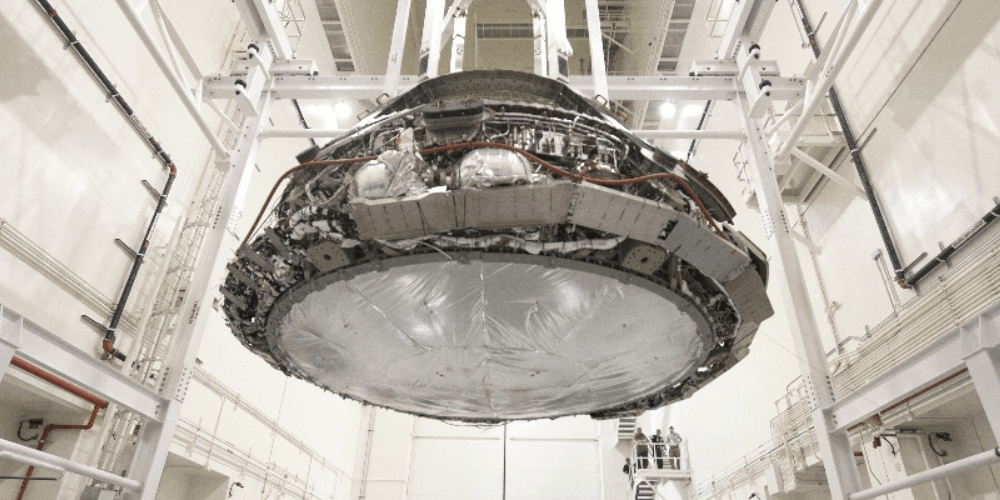Reduce downtime and improve data integrity by using self-test and self-calibration verification
I recently read an article called AI’s biggest risk factor: Data gone wrong that went into detail about the risk and mitigation of risk of incorrect data to artificial intelligence (AI). This article got me thinking about the importance of accurate data as it applies to my industry, automated test and measurement systems. For example, how do you know that you can trust the data you collect from your high-channel-count data acquisition system?
This is an important question because if you can’t trust the data then the results you conclude from the data about the unit under test will be flawed and misleading. If your unit under test is a combat aircraft or space shuttle this could literally be the difference between life and death.
Reduce the calibration process from days to minutes
One of the main ways you can build trust of the data is by verifying and performing calibration of the data acquisition system. The first step is to verify the calibration of the entire measurement path of a high-channel-count system. The fifth consideration of G Systems High-Channel-Count Design Best Practices addresses self-calibration verification and self-test in detail for a high channel count system (see figure below). Most metrology systems require periodic calibration at defined intervals – sometimes annually, monthly, or even daily.
You could manually remove every data acquisition card from the system and return them to the vendor or a calibration lab for calibration. This can be very time consuming and disruptive if you have thousands of channels across multiple data acquisition cards. It also does not take into account the entire measurement path from sensors through signal conditioning all the way to the data acquisition card. Instead, you should perform an automated self-calibration as part of the high-channel-count system. An automated self-calibration will reduce an exercise that often requires days to complete into a push-button operation that takes minutes to complete.

Avoid test repetition due to invalid data
G Systems created an automated self-calibration of the signal path as part of the F-35 Vehicle Systems Integration Facility (VSIF) Data Acquisition System. The general method to accomplish this is to apply a known stimulus to the inputs of the signal conditioning modules while measuring the signal conditioner output with the data acquisition board and with a parallel instrument connected to the same signal that will be used as the traceable standard.
In the case of the VSIF self-calibration, a DC source is routed through the signal conditioners through a series of switches controlled by the data acquisition board. The signal path offset and gain are calculated and stored in a database. The signal path offset is measured by applying zero volts and measuring the voltage at the input to the data acquisition board. The gain is found by implementing the least squares method at a series of verification voltages. During normal data acquisition, the software uses the calculated offset and gain stored in the database to adjust the data acquisition readings from the high-channel-count system. Similarly, at run-time a taring operation can be performed on specified channels to provide a baseline value for bridge circuits at their “zero” point.
The creation of a high-channel-count system is a large investment. Conducting a test can be costly and you cannot afford to have to repeat a test because the data collected is incorrect or invalid. For your next high-channel-count system consider including self-calibration verification and automated calibration to reduce downtime and make sure you are acquiring accurate data.
For more information, download our white paper covering best practices for high-channel-count design. You can also read our two-part blog on Five Little-Known Benefits of Self-Testing.
Contact us to discuss any questions you have for your next high-channel-count system.
